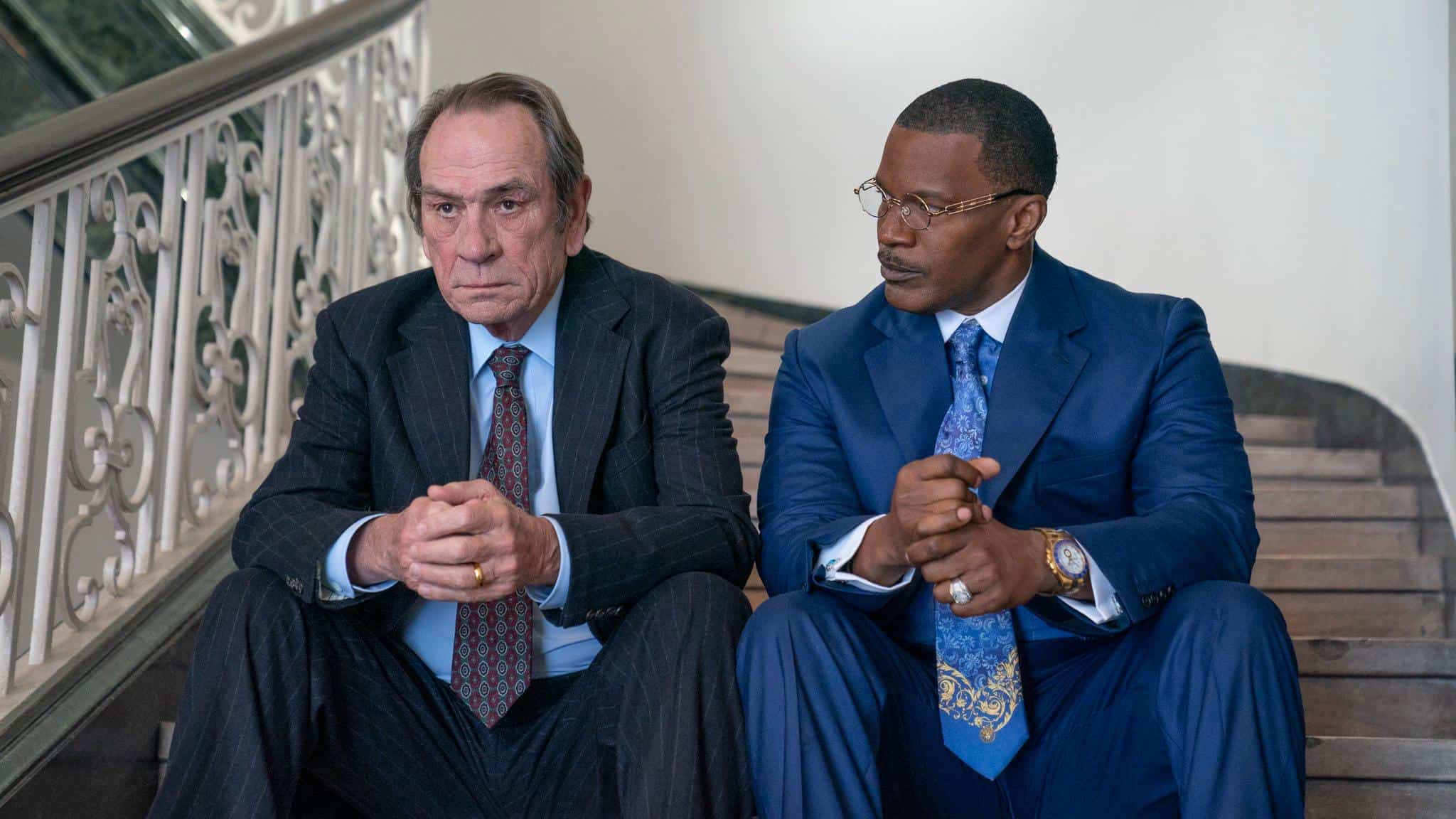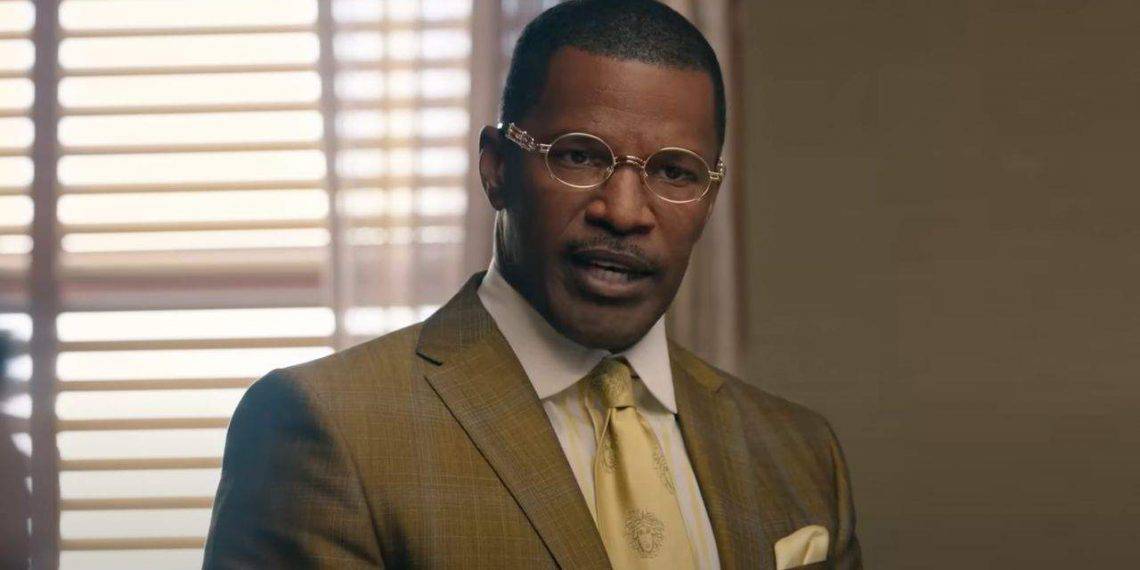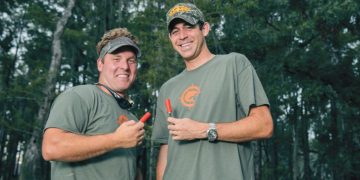Based on a 1999 New Yorker article about the bankruptcy of funeral director Jeremiah O’Keefe in Mississippi, “The Burial” is a courtroom drama masterfully acted by Jamie Foxx, who plays attorney Willie E. Gary. Under the direction of Maggie Betts, it dramatizes the legal struggle between Ray Loewen, who represents a big company looking to buy his funeral facilities, and a man battling for his family’s legacy.
O’Keefe recruits Gary to assist him in pursuing his life’s mission when things appear to be going south for him. To assist O’Keefe in exposing corporate malfeasance, Gary exudes charisma, confidence, and determination. Gary needs to figure out a strategy to win this case because he is up against a far more capable and determined opponent than he is.
In addition to examining racial injustices, the film maintains a humorous yet unforgettable plot. Bill Camp, Mamoudou Athie, Tommy Lee Jones, and Jurnee Smollett are some other performers who deliver strong performances. Our gaze will undoubtedly stray from the performances and the captivating plot to the breathtaking backgrounds.
Here is all the information we currently know regarding the filming sites of “The Burial,” in case you’re interested. The whole filming of “The Burial” took place in New Orleans, Louisiana. Although Betts began looking for sites and cemeteries as early as November 2021, main photography on the movie didn’t commence until March 3, 2022, and it ended on April 28, 2022, almost two months later.
In the meantime, another announcement from the New York-based production company Double Nickel Entertainment stated that the initial plan was to begin filming in New Orleans on February 28. That concludes the filming. Let’s explore the actual places used to film the courtroom drama!
The Burial Filming Locations
New Orleans, Louisiana
“The Burial,” despite having a Jackson, Mississippi setting, was fully filmed in various parts of New Orleans, Louisiana. Known as the “Hollywood of the South,” New Orleans offers production facilities, scenic backdrops, and a wealth of historic buildings that make it a popular shooting destination for filmmakers.
According to reports, the director was on location for four months, setting up sets, looking for locations, and finishing up the shoot. Around the middle of the shoot, in late March 2022, Betts also talked about her experiences collaborating with the group and using a drone to take pictures of the scene. The cast and crew of the project were spotted in and around New Orleans during production.

A few scenes were recorded at 550 Baronne Street, which is the Virgin Hotels New Orleans. The performers and technicians took advantage of the 4-star hotel’s soothing amenities and friendly service during their break. The Mississippi Film Office also confirmed previously that Foxx would not travel to Jackson for the shooting but that some exterior shots could be taken for the film. This led to the decision to film solely in New Orleans.
Plot Of The Film
Based on a factual civil trial between Gary and Loewen Funeral Company in 1995, “The Burial” is a work of fiction. Even though the case is true and Doug Wright and Maggie Betts’ script was inspired by a 1999 piece by journalist Jonathan Harr in the New Yorker, Betts has exercised some artistic license in not depicting the events of the case precisely as they occurred.
It’s interesting to note that director Ron Howard had thought about modifying the script back in the 1990s, but Betts ultimately chose to take it on and give it a unique spin by incorporating some themes that she thought went well with the otherwise simple narrative.
She chose to introduce a central fictitious character, defense attorney Mame Downes (Jurnee Smollett), who is somewhat based on one of the Black lawyers in Loewen’s real team, even though the main characters, Gary, O’Keefe, Loewen, and many others, are part of the genuine story.

It was all Betts’ idea to make Downes the strong Black opponent who knows the racial ramifications of the case but would do whatever it took to win. Being an African-American director, she found great interest in the issue of race.
A majority-black jury would have appreciated the two white guys in this case, who had engaged Black attorneys to represent them. Betts chose to incorporate race into the narrative rather than make it the main focus to assist viewers in understanding certain important facets of the case.





